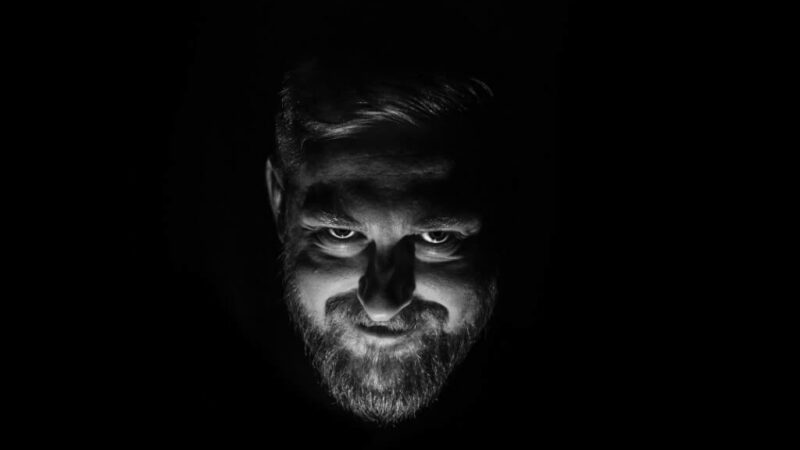Overturning a False Death Declaration

It may seem like the stuff of novels or movies, but being mistakenly declared dead by bureaucratic error is a real occurrence that can cause significant upheaval in one’s life. While the frequency of such errors varies by country, it is an international phenomenon with often complex solutions. This article seeks to demystify the steps a person needs to take to correct such an error and restore their rightful legal status among the living.
Administrative errors are the most common cause of accidental death declarations. A keystroke gone awry or a mix-up between records can lead to a person being wrongly listed as deceased. In the United States, the Social Security Administration estimates that thousands of these errors occur annually, echoing a global trend of clerical mistakes with serious repercussions.
Correcting an erroneous death declaration usually involves a straightforward, if inconvenient, process. In most instances, it requires the affected individual to present themselves, along with valid identification, to the relevant government office. For Americans, a trip to the local Social Security Administration office with a photo ID suffices to initiate the correction in the official records.
While the correction process might be relatively simple, the interim period can be highly stressful. Individuals may find themselves temporarily unable to access bank accounts, credit, and other essential services, causing a significant disruption in their daily lives. This stress is compounded in the United States due to the complex web of systems that utilize the Death Master File, which records the deceased across various government and commercial platforms.
The Death Master File is a record maintained by government entities that is updated with information from multiple sources, including hospitals, funeral homes, and others. Countries like Britain allow for names to be added with proof, such as a death certificate. However, the broad range of input sources and minimal verification create potential for errors to slip through, leading to the accidental death declarations discussed.
Recovering from a clerical error declaring you deceased is not just about re-establishing your legal status. It’s also about repairing the domino effect such an error causes, from credit disruption to social services access. The process, while systematic, requires individuals to be proactive in notifying institutions and ensuring all records are corrected—a task that can range from being a minor inconvenience to a months-long ordeal.
The Lazarus Syndrome
The Lazarus effect, or autoresuscitation, is a rare but deeply fascinating medical phenomenon where individuals regain circulation and come back to life after attempts at resuscitation have ceased. This occurrence, while giving some semblance of rising from the dead, provides profound implications for medical definitions of death and the procedures surrounding it. Autoresuscitation challenges healthcare providers and legal systems to reevaluate the criteria and the timing used to declare an individual legally deceased. Incorporating data and insights from the Cleveland Clinic, discussions around Lazarus Syndrome open up new dialogues about the ethics of resuscitation, the accuracy of death certifications, and the potential need for changes in current medical practices to ensure that this miraculous yet perplexing event is accounted for in both legal and medical arenas.
The Science of Proving Life After Clinical Death
Velma Thomas’s astounding recovery after 17 hours of cardiac arrest pushes the boundaries of our understanding of life and death. It prompts an inquiry into what truly constitutes proof of life. The medical marvels witnessed in such extreme cases beg the question of how we define being alive at the most fundamental level. They necessitate a closer look at how medical and legal systems might adapt to accommodate the rare but real scenarios where individuals defy the odds and return from prolonged states of death. Integrating this astonishing case, we explore the implications for emergency response protocols, advance healthcare directives, and the support systems needed for those who experience such extraordinary events.
The rare instances of individuals regaining consciousness or showing signs of life just before an autopsy serve as a chilling reminder of the fallibility in current practices of declaring death. These occurrences, though few and far between, highlight the necessity for stringent checks and balances in the process of certifying death. They also ignite a conversation about the psychological and legal repercussions for the individuals involved. By examining the protocols that led to such events and considering the advancements in monitoring brain function post-cardiac arrest, we delve into how medical practices can evolve to prevent premature declarations of death and protect the rights and dignities of patients.
The process of declaring an individual dead has profound ethical implications, especially with the advancement of medical technology that can sustain and mimic signs of life. There is a debate to be had about where we draw the line between life and death in a medical context. This topic explores the ethical considerations that healthcare professionals must navigate when determining death. It takes into account the varying definitions of death across different cultures and legal systems, and the impact of these definitions on organ donation, end-of-life care, and patient autonomy.
The Psychological Impact of Being Declared Dead Prematurely
Experiencing an erroneous death declaration can have lasting psychological effects on an individual. This discussion focuses on the potential for traumatic stress, identity crises, and social ramifications that may arise after being mistakenly declared dead. It also considers the psychological support and legal recourse available to individuals who have endured this ordeal, questioning the adequacy of current systems to address such a unique and disturbing experience.
In an age where digital footprints are as significant as physical presence, being declared dead can lead to digital death—where one’s online presence and assets are prematurely terminated. This topic examines the complexities of reclaiming digital identity and access to online assets, and debates the necessity for digital platforms to establish clear protocols for verifying life to protect against accidental digital erasure.
The Financial Consequences of Erroneous Death Declarations
When someone is declared dead by mistake, the financial implications can be immediate and severe—from frozen bank accounts to stopped pensions and benefits. This subject delves into the economic hardships individuals may face and discusses the need for policy reforms to protect and rapidly restore the financial stability of those affected by such errors.
After an incorrect death declaration, individuals must navigate a legal labyrinth to restore their identity and legal standing. This debate centers on the current legal processes in place, their efficiency, and the potential for emotional and financial harm during the restoration process. It advocates for streamlined procedures and legal safeguards to assist those who find themselves in this Kafkaesque scenario, ensuring a quick return to normalcy.
Initiating the correction involves presenting undeniable evidence of one’s identity, supported by legal counsel and digital safeguards. It’s a process that underscores the fragility of our digital existence and the importance of maintaining clear and current personal records. While the journey back to bureaucratic life can be an ordeal, it’s a testament to the resilience one can display when facing a surreal and unexpected twist of fate.



